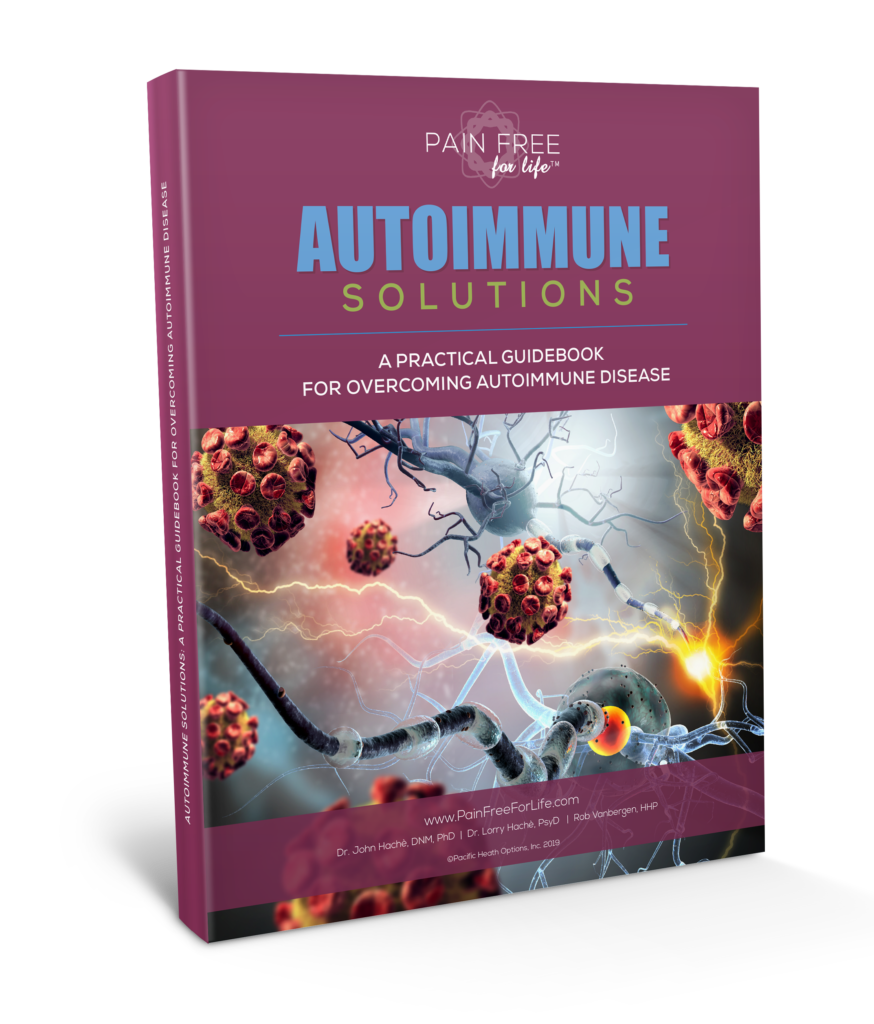
Conventional western medicine is highly effective at a lot of things. If you need a bone set or a wound stitched up, an emergency room M.D. can put it right in a jiffy. (Although we’ve found that microcurrent can greatly accelerate healing in these cases.) Or, if you have a raging bacterial infection, an antibiotic is usually the best course of action and can be life-saving.
But what if you suffer from an illness that is different for every person and notoriously difficult to treat?
We’re talking about systemic lupus erythematosus, a disease that makes life a living hell for 5 million people around the globe. This mysterious disease is well known for stumping conventional and alternative doctors alike. However, we at Pain Free for Life have sustained a strong track record of lupus pain relief. Here’s the scoop.
What is Lupus?
The medical community defines lupus as an autoimmune disorder—a disease that causes your immune system to attack healthy tissue as well as harmful pathogens. While four distinct types of lupus or lupus-like conditions have been identified (including one that is actually caused by pharmaceutical drugs), by far the most common and most frustrating is the one we know as systemic lupus erythematosus (SLE). When most people use the word lupus, that’s what they’re referring to.
So, what is lupus, really? If you ask someone who suffers from it, here’s what they will say:
Lupus is pain. It is exhaustion and raised rashes anywhere on the skin. Lupus is organ damage and it’s also loss of control of your thoughts and feelings. Lupus pain relief can be hard to come by, so you could say that it’s depression too.
When symptoms are present, your quality of life is awful.
A Disease of 1,000 Faces
Having lupus is a whole body experience in the worst kind of way. Not only is there pain and a plethora of other lupus symptoms, it can take years to get a lupus diagnosis. Before a diagnosis can be made, patients need to have at least four of the following eleven common symptoms:
- A blood disorder, such as low red blood cell count, low white blood cells, or a low platelet count.
- An ANA-positive result
- The presence of other specific antibodies that are rarely found outside of a lupus diagnosis
- Kidney disease, which is caused by lupus antibodies
- The malar rash; a ‘butterfly’ shaped rash on the nose and cheeks
- Rashes that appear as raised, red patches in the shape of disks
- Rashes that develop or are made worse by exposure to the sun or certain lights
- Mouth ulcers
- Arthritis that doesn’t cause bone damage and is in two or more joints
- Inflammation around the lungs or heart
- Abnormal neurological activity, such as seizures or psychosis
Because the symptoms of lupus are so many and varied, and not everyone with lupus displays all or even most of them, the disease can express itself in literally thousands of ways. This can make it very difficult to get a diagnosis. It’s not uncommon for lupus patients to go from doctor to doctor for years before they are finally diagnosed, often enduring misdiagnosis after misdiagnosis, or patronizing remarks from doctors who tell them “it’s all in your head.”
Depression, Brain Fog, and So Much More
There are other symptoms that almost all lupus patients have in common with people who suffer from many other chronic illnesses, such as chronic fatigue syndrome, widespread pain, headaches, and vision problems.
One such symptom is depression. Even if lupus hasn’t impacted the central nervous system directly, dealing with the numerous symptoms daily can lead to clinical depression for many lupus patients.
One of the worst aspects of living with lupus for many people is the extreme confusion and memory loss that often accompanies this illness. It’s a fuzzy-headed brain fog that is so pervasive it’s earned its own nickname: lupus fog. This extreme brain fog is induced by an antibody that accompanies Lupus, which permits it to break through the blood-brain barrier and wreak havoc with a person’s cognitive faculties.
Constantly forgetting things, struggling to express yourself, and repeatedly having to rack your brain to remember what the heck it was you were so intent on doing just a moment ago can feel demoralizing and frustrating, as well as damaging to work performance and relationships.
Conventional Medicine’s Questionable Approach
The cornerstone of conventional treatments for lupus is pharmaceutical drugs. While these may provide some relief, in the long run they usually do more harm than good.
Common over-the counter-medications are used for treating lupus symptoms, but typically they do a lot of damage to both the liver and kidneys due to how much it takes just to get some relief.
And, while prescription drugs such as steroids and immunosuppressants help to reduce the immune system’s response, these medications often lead to serious side effects such as organ damage. In some cases, they just make symptoms worse.
Other medications are designed to specifically attach to and disrupt the antibodies lupus produces. Though they may be effective to an extent, the side effects can be as bad as the symptoms. Or, even life altering like congestive heart failure.
These medications serve a purpose and yes, they can help you regain a small measure of the life you had before. All it costs is your heart, or perhaps your liver or a kidney. The price of a better life doesn’t have to be so high.
Microcurrent for Lupus Relief
Because lupus is such a painful disease, it’s not uncommon for lupus patients to find their way to our doorstep. And in fact, lupus fits the bill for a condition that is best treated holistically. At Pain Free For Life, we have a proprietary process for effective holistic treatment for lupus and other chronic conditions: the Hache Protocol for Pain Resolution™. The 5 Interactive Elements of the Hache Protocol™ work together synergistically to strengthen and balance the body and reduce inflammation—the root cause of disease.
Microcurrent therapy is the “secret sauce” of the Hache Protocol. It uses electrical impulses at the same very low frequencies that the body itself uses to communicate with itself to correct energetic blockages and imbalances in the body’s electrical fields. In this way, microcurrent works naturally with the body to resolve pain, inflammation, and other lupus symptoms in a way that is safe, effective, non-invasive, and free of unpleasant side effects.
It’s not just the physical symptoms that microcurrent helps with, either. By targeting the blood-brain barrier, microcurrent therapy can assist in blocking lupus antibodies from entering the brain. This is great news, because the presence of these antibodies in the brain is what causes the infamous brain fog that so many lupus patients struggle with.
Vagus nerve stimulation and other microcurrent protocols have helped many people with lupus manage and even resolve depression as well as lupus fog and other cognitive issues. And, microcurrent is well known for its role in the natural resolution of chronic pain of all kinds.
By combining microcurrent with the other four elements of the Hache Protocol, there’s real hope for taking back your life from lupus.
Ready for the Next Step?
Are you ready to learn more about lupus pain relief and what the Hache Protocol can do for you? Download our free report, Autoimmune Solutions, today to learn more about autoimmune disorders and the role conventional medicine has been playing in your life. You’ll also learn more about your immune system, what it’s doing, and how the Hache Protocol can help set things right again! Download our free ebook and then, when you’re ready, give us a call.

https://www.lupus.org/resources/types-of-lupus
https://www.drugs.com/sfx/benlysta-side-effects.html, https://www.drugs.com/sfx/acthar-side-effects.html





